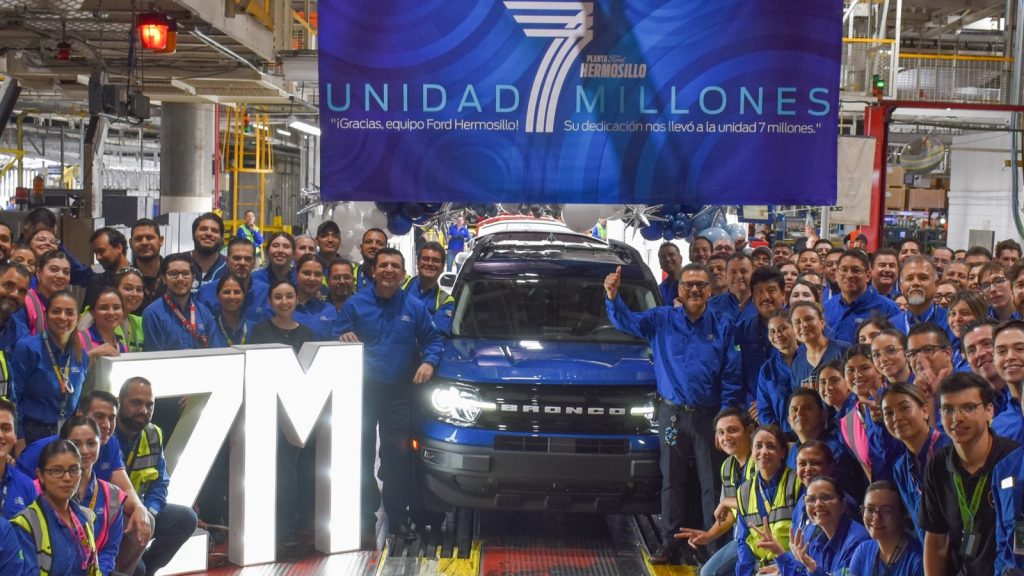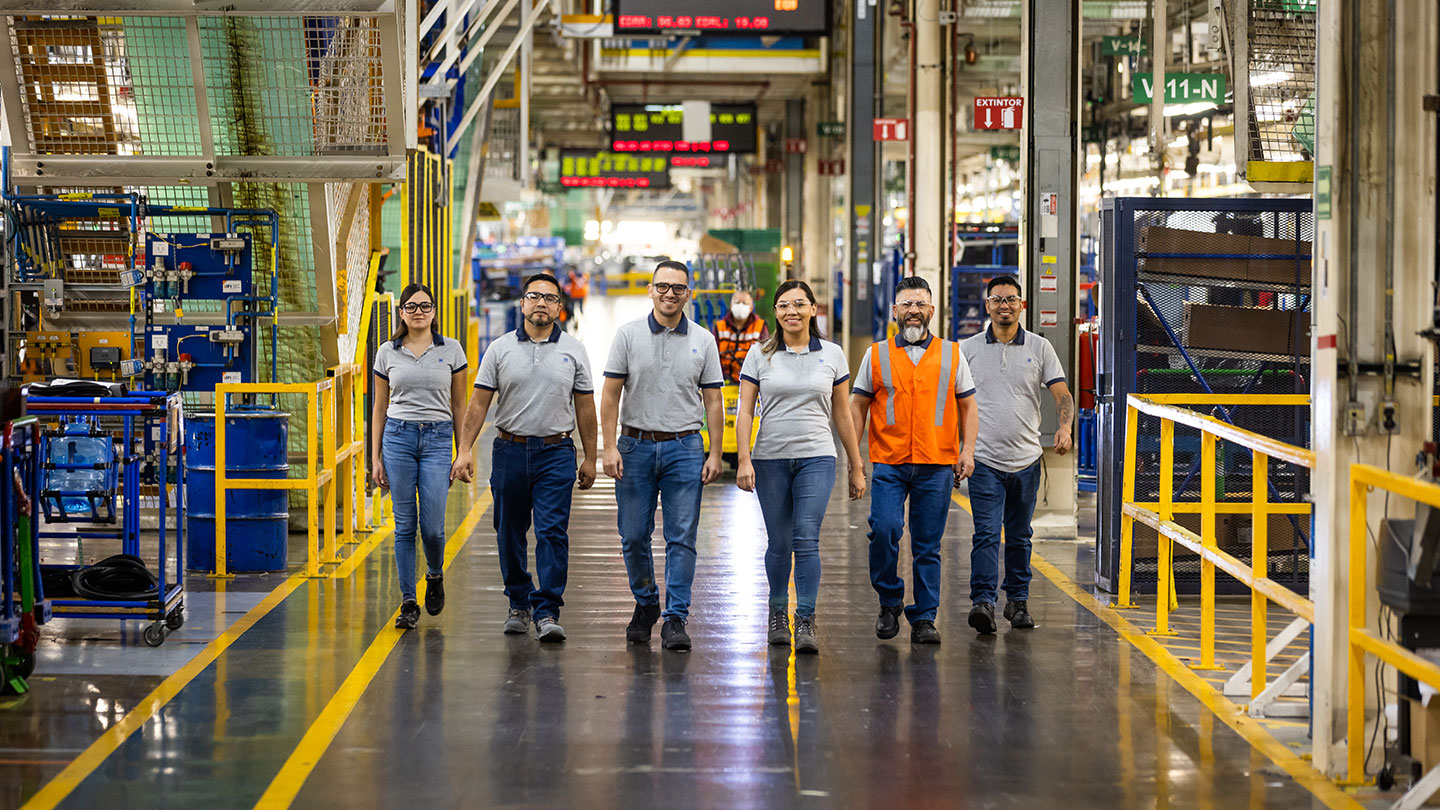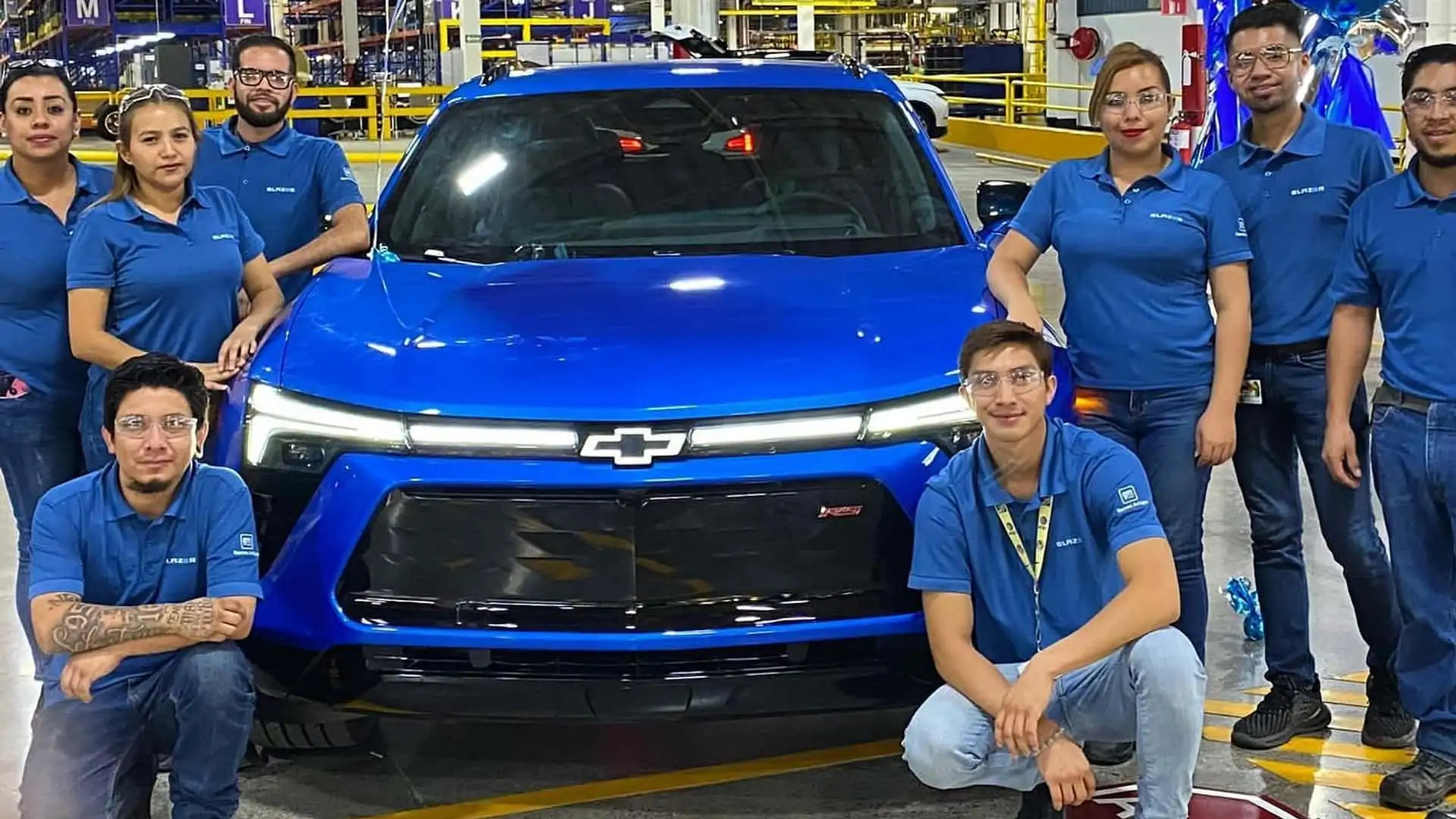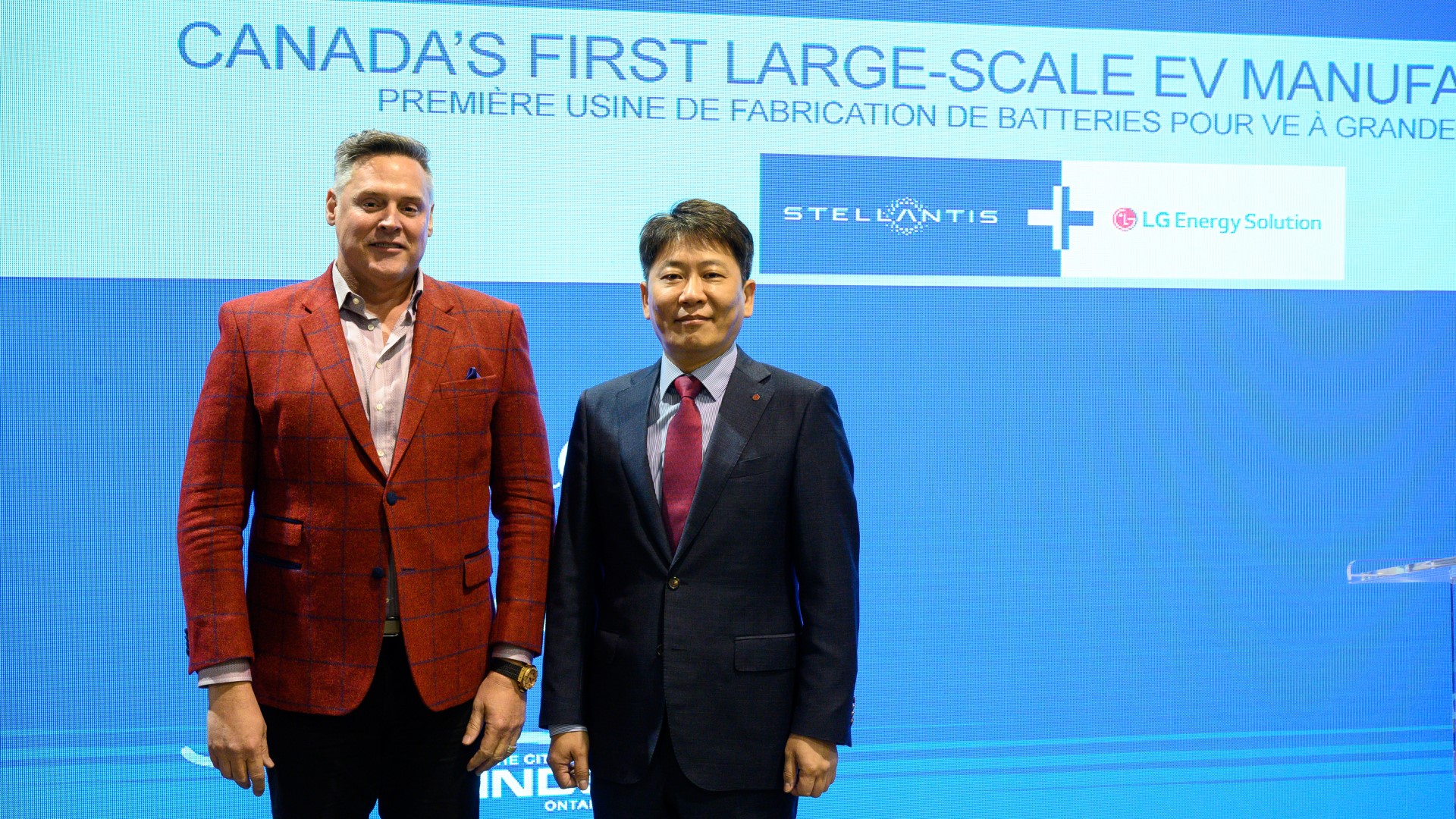Samsung heads into CES 2026 with momentum Samsung Electronics is closing out 2025 with a strong signal of where its future tech ambitions lie….
Tariffs trump US new car affordability needs

Tariffs shadow the global automotive market – pervasive, present, but often not spoken of.
The unintended consequences can be enormous when tariffs are escalated and applied in benign trade zones. Automotive company CEOs, burdened by the issue of Chinese technology, emissions regulations, and EV powertrain choices, now have pricing and political matters that further complicate their Q1 strategies.
President Trump’s executive order to add 25% tariffs on Canadian and Mexican-built vehicles and components will create a problematic pricing landscape for American new car buyers only a few weeks into 2025.

Regional Scale
Throughout the late 1990s, NAFTA changed the supply chain integration and production costs for car companies in North America. Created to encourage trade between the US, Canada, and Mexico, the benefits of automotive cross-border assembly were obvious: affordable labour and proximate logistics in Mexico.
USMCA replaced NAFTA in 2020, but in principle, the investment decision for enhanced regional automotive production has been decades in the making. Creating enormous production capacity in Mexico has benefitted American OEMs and buyers.
The diversity of models built in Mexico is among the most popular on sale at American dealerships. GM sources many of its most popular products from Mexico, including Chevrolet Blazer and Equinox.

Mexico builds many US customer units
High-margin pickup trucks, like the 1500-series Chevrolet Silverado and GMC Sierra, are also built in Mexico for primary export to the US. Even Toyota’s Tacoma mid-size pickup, a crucial revenue and profit source for the world’s largest automotive company, is built in Mexico, for delivery to US buyers.
The US market’s best-selling brands all source products from assembly facilities in Mexico, and the percentages are significant. VW is most at risk, with 43% of its US sales being Mexican-built vehicles. Nissan trails that by 27%, with Stellantis sourcing 23% of its American customers’ vehicles in Mexico.
GM brings 22% of its US sales inventory from Mexico, while at Ford, 15% of US sales are vehicles built Mexico. But the percentages don’t reveal the accurate scale of this issue. Tally the sales numbers and GM’s Mexican facilities produced 900,000 vehicles last year, most of which were destined for US dealers.

More cost for new buyers
The 25% tariff on assembled vehicles and individual components could create an even worse affordability crisis for new car buyers. American average new passenger vehicle prices are nearly $50,000, pricing many potential new car buyers out of the market. Mexican automotive industry stakeholders estimate the 25% tariff regime could add $3,000 to vehicles built there for export to US customers.
And it’s not merely an issue to the South. Canada’s Magna is renowned as one of the world’s tier 1 automotive suppliers. Layering additional costs on its advanced automotive components for US-assembled vehicles only exacerbates the entire scenario.
The truth is that even for US-made vehicles, the supply chain sourcing is never exclusively domestic but always contains components and content that is sourced offshore – or across the border.

Pricing could increase for all models
OEMs will unlikely absorb a tariff cost without adjusting dealer-level retail pricing. If the tariffs are intended to suppress inflation and reduce average new car prices, the reality is that they will most likely have the opposite effect.
The paradox is that even those models that aren’t imported into the US market will see tariff-influenced price increases. How? If an imported model sees a price increase due to tariffs, a segment rival, even if built domestically in the US, has little reason not to edge up its pricing too.
Tariffs on imported cars are the inflation tide that lifts all pricing in the product pool, regardless of whether those costs are directly attributed.

Everything is integrated
Beyond the issue of fully assembled vehicles, the unintended consequence is components. Many crucial EV, electronic and mechatronic components for American-built cars are imported. The tariff those components trigger could create stealthy new car price inflation. Even for domestically assembled vehicles made in US factories, using imported components.
As the old aviation adage rings true: how many parts do you need to make an airplane? All of them. And for automotive companies to rapidly respond to the tariffs and restructure sourcing to integrate localization, will be all but impossible in the short- to near-term.


